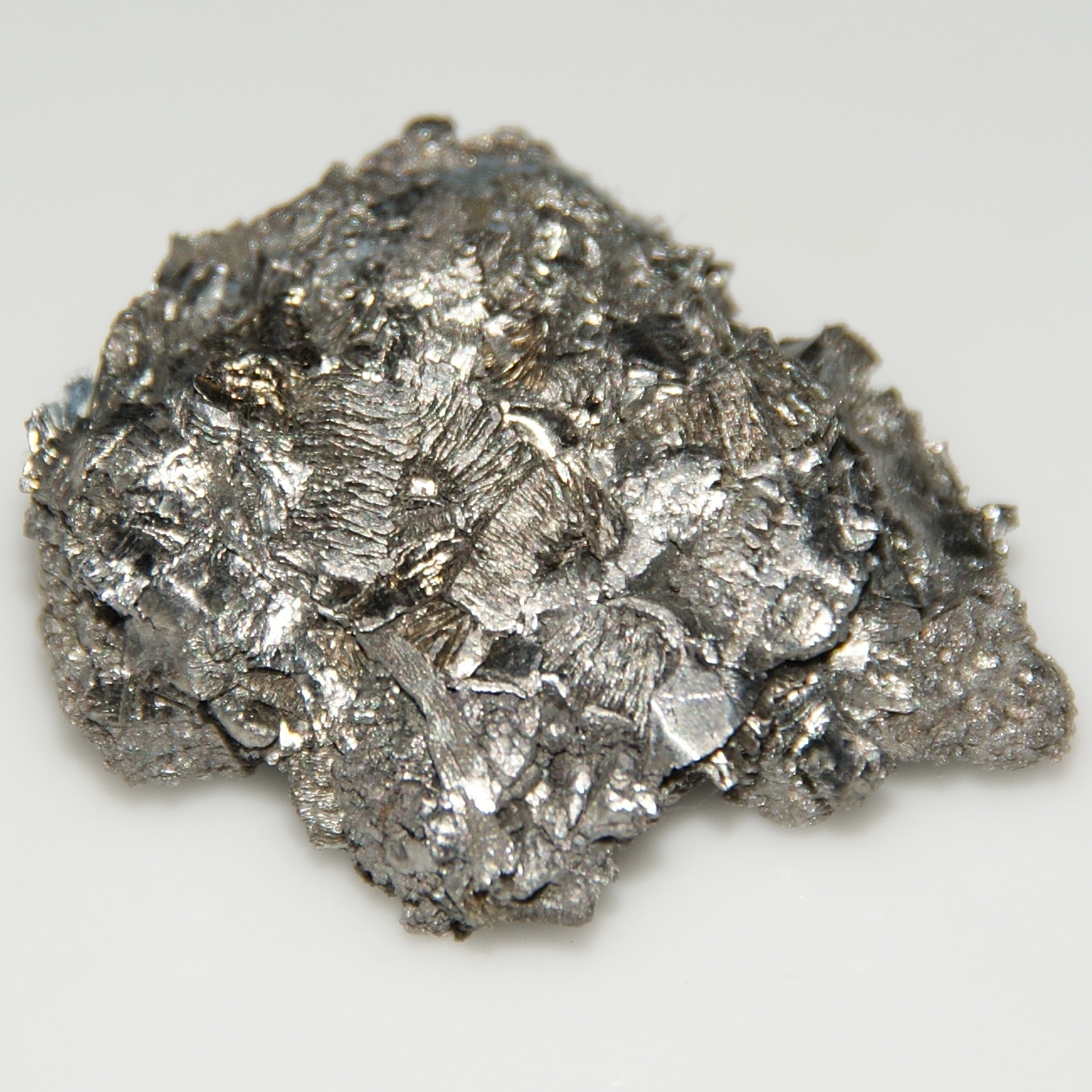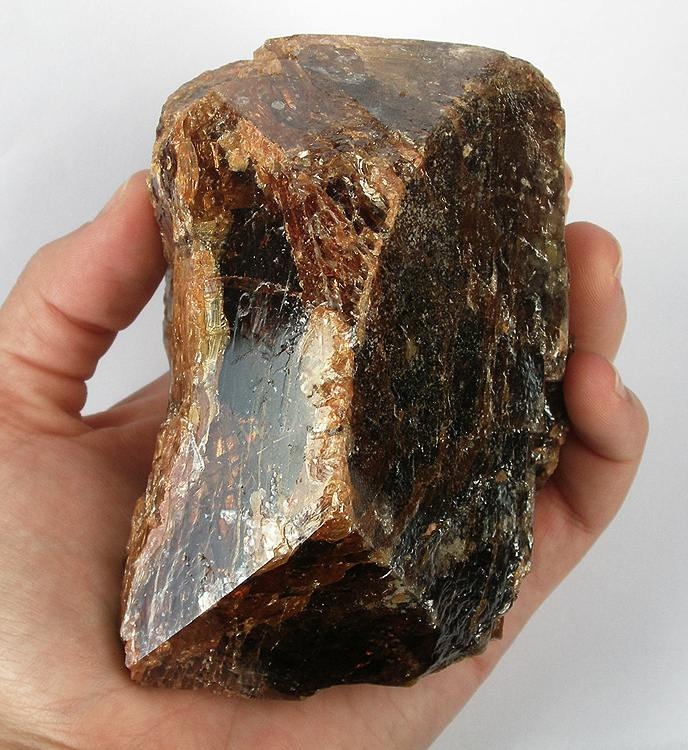


Clockwise from left: a lumpy lump of hafnium (from Wikimedia Commons); the city of Copenhagen, or as it is in Latin, Hafnia (from Wikimedia Commons); hafnium as it appears in the periodic table.
I’m going to tell you now that this is another element named after a Scandinavian location, but now Denmark gets a little credit. More specifically the capital city of Denmark, Copenhagen, or as it is known in Latin- Hafnia.
It may come as a real shock that the discovery of hafnium occurred in Copenhagen in 1923. Despite being predicted by Dmitri Mendeleev in 1869, hafnium was a sneaky element as it is a difficult element to separate from a similar element zirconium. It was finally achieved though by Dutch physicist Dirk Coster and Hungarian chemist Georg von Hevesy at the University of Copenhagen, who used a technique called x-ray spectroscopy to find hafnium in the mineral zircon. X-ray spectroscopy is when atoms in a sample are excited by being hit by some energy (often a specific wavelength on the electromagnetic spectrum) and the range of x-ray wavelengths given off when the atom releases that energy is different depending on the element of that atom. A unique spectrum of x-rays given off the zircon flagged to Coster and Hevesy that there was a new element in there. In naming the element after Copenhagen it is thought they may also have been honouring the Danish physicist Niels Bohr.

Hafnium’s similarity to the more common zirconium puts it at a slight disadvantage when it comes to uses. However it does have applications out there. Hafnium is rather good at absorbing neutrons without splitting, and therefore are often used in nuclear reactor control rods. These are rods that help absorb the neutrons being sent out by uranium or plutonium splitting during nuclear fission, which helps ensure the reaction doesn’t get out of control.
Hafnium also has a nice high melting temperature (around 2,233°C). This has led to its use in high temperature uses like plasma welding and cutting, and alloys of hafnium with metals like niobium and titanium are often used in spacecraft, for example the thruster nozzles on the Apollo Lunar Modules.

Finally, the chemical hafnium oxide has use in electronics as an insulator. These insulators can be found in various microprocessors within integrated circuits, meaning that there’s a good chance that your computer or laptop has a little bit of hafnium in it.
And that’s hafnium- the moon exploring, Danish and controlling element!

One thought on “Day 95: Hafnium”